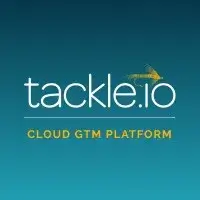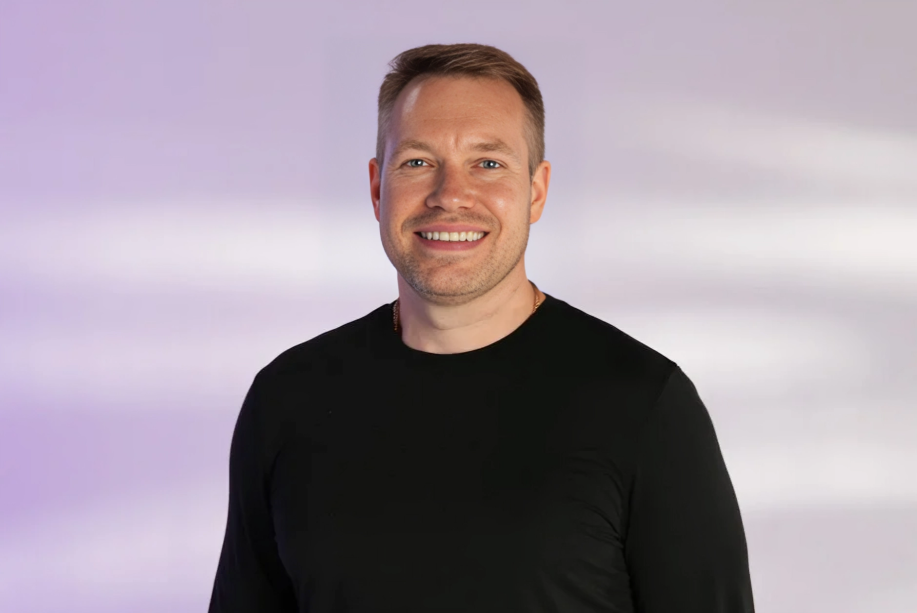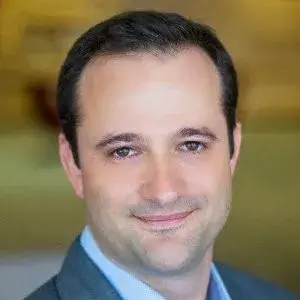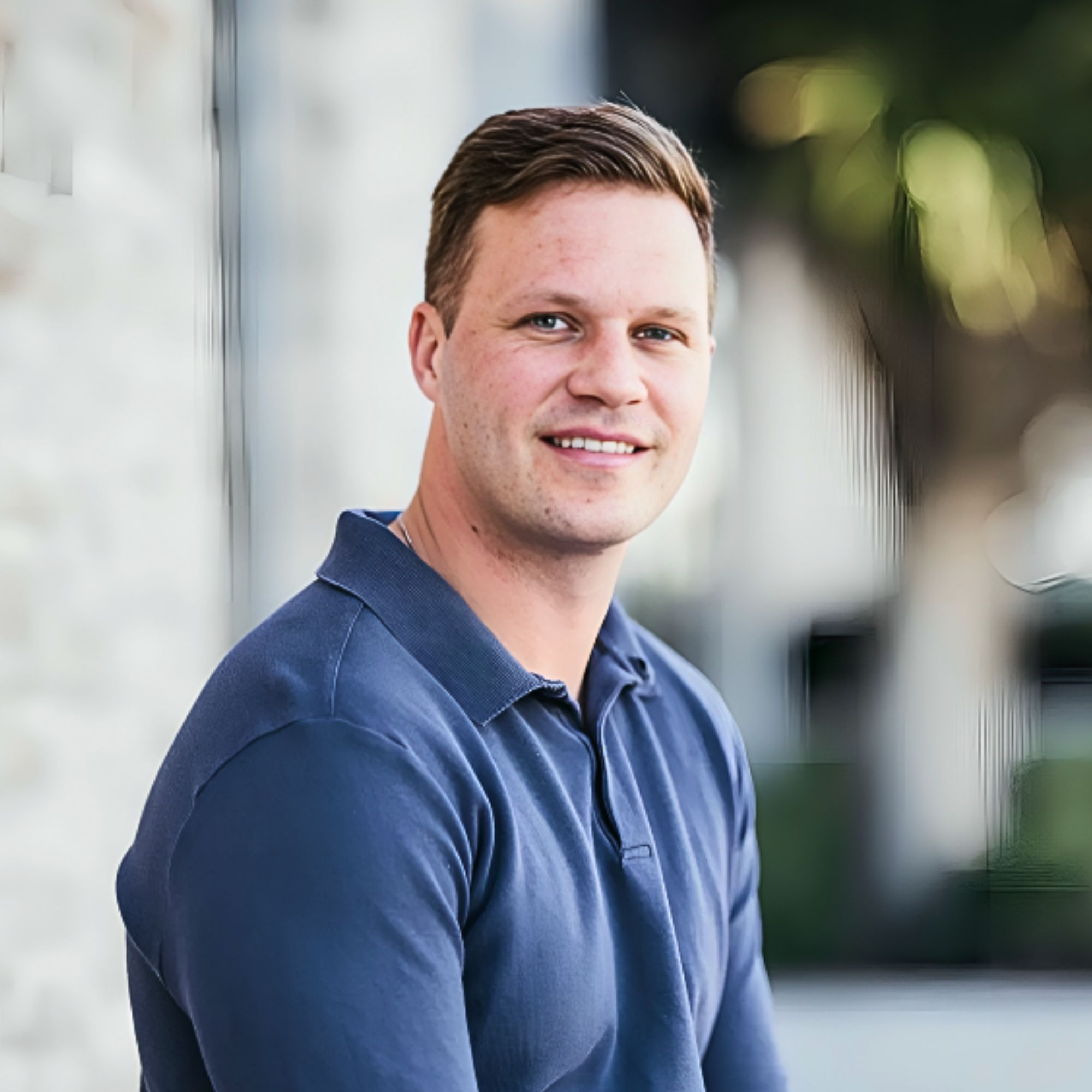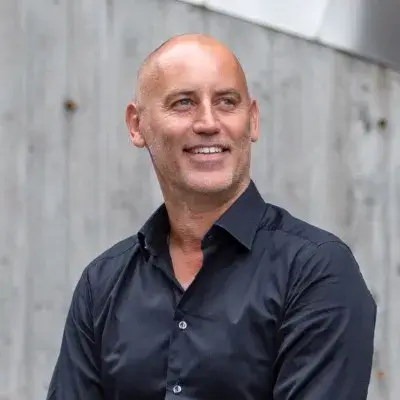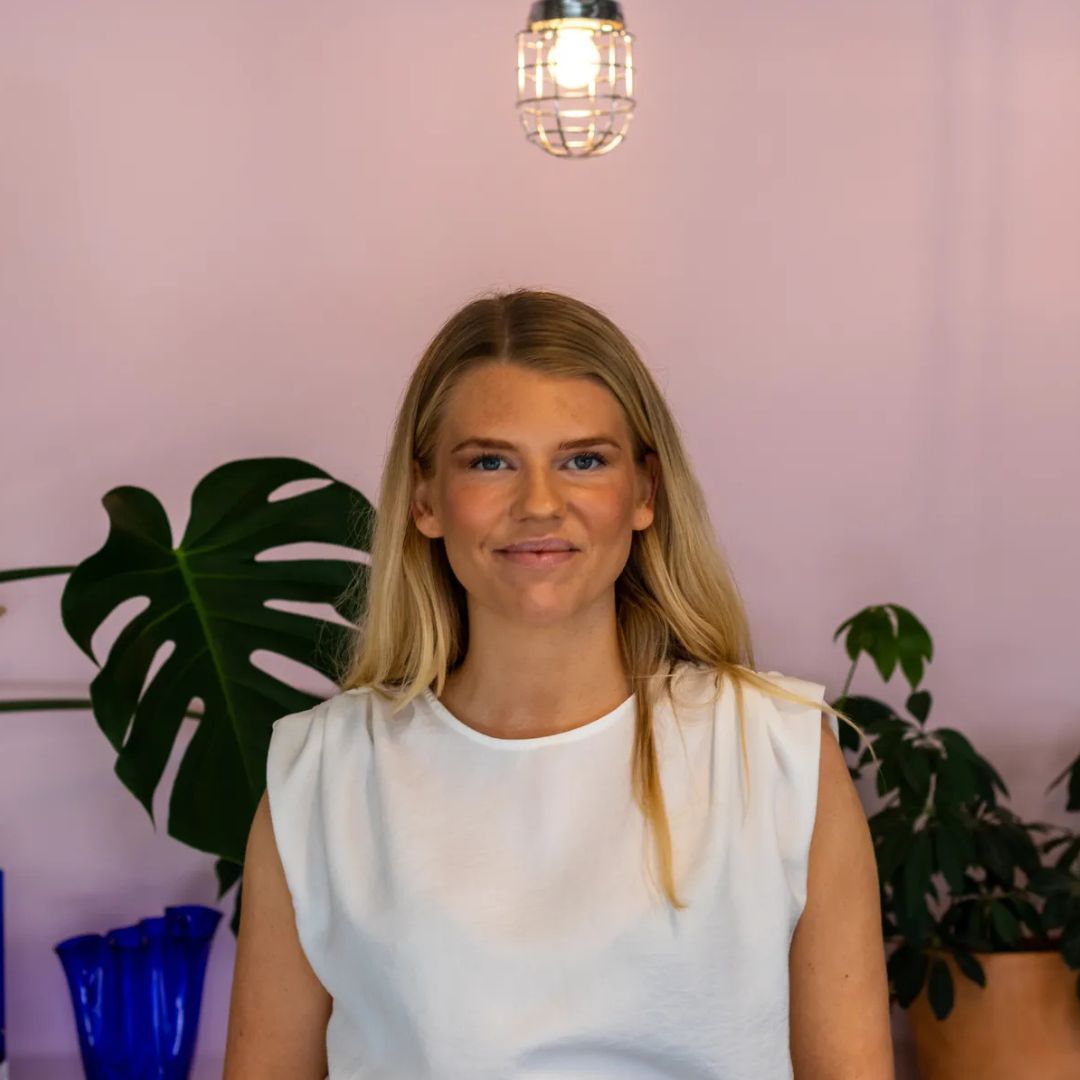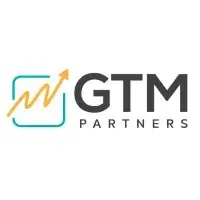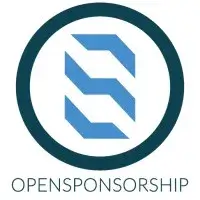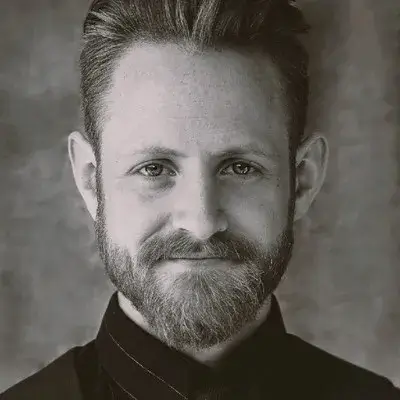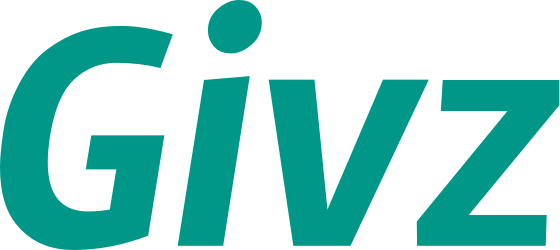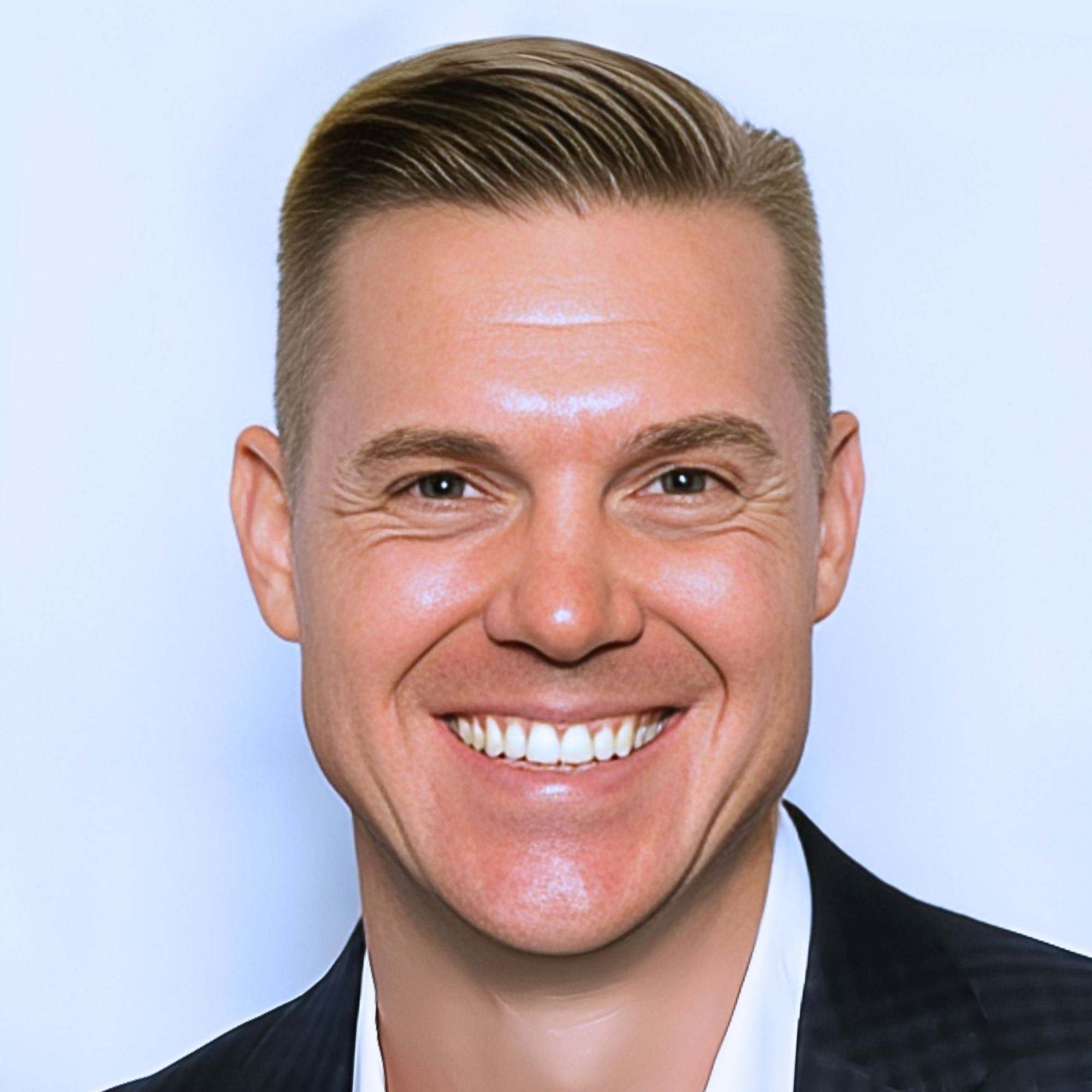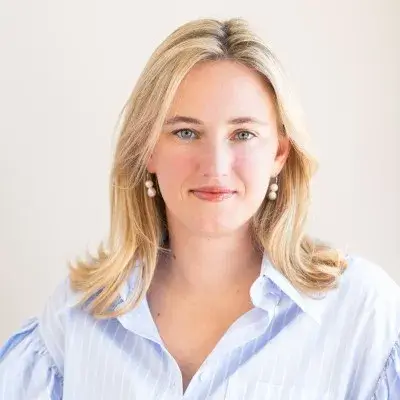Ready to build your own Founder-Led Growth engine? Book a Strategy Call
Frontlines.io | Where B2B Founders Talk GTM.
Strategic Communications Advisory For Visionary Founders
Actionable
Takeaways
Engineer time-to-value as your primary PLG enabler, not feature breadth:
Whatagraph achieved 5-minute time-to-value from data connection to dashboard generation—versus the industry standard of hours—by rebuilding their onboarding around AI-powered automation rather than manual drag-and-drop configuration. Justas notes this wasn't just UI optimization but fundamental product architecture changes: "It's basically a lot of knowledge from our last 10 years...we're able to build it like really multi-agentic platform which helps to build those things in steps, not just like drop something randomly." For PLG success, optimize your technical stack for immediate value delivery, not comprehensive feature exposure.
Weaponize competitor technical limitations through content strategy:
Rather than competing on generic "best marketing tool" keywords, Whatagraph dominated by creating authoritative content around specific competitor pain points. Their "Looker Studio being slow" content strategy captured high-volume searches from frustrated users by actually helping solve the problem while positioning their technical advantages. Justas explains: "The biggest problem was it's actually very slow...when we have everything in house we can make things like very quick and speedy compared to there." Target technical pain points your architecture inherently solves rather than fighting brand-to-brand keyword battles.
Align your ICP strategy with your actual technical capabilities, not market perception:
Whatagraph's shift to hybrid PLG wasn't market-driven but mission-driven. Justas realized their technical product could serve smaller organizations, but their sales-led approach artificially excluded them: "We were not empowering in the first place people, everyone to make those data driven decisions fast...we were not allowing everyone into the product even if our product was allowing to." Audit whether your go-to-market motion matches your product's actual technical capabilities and addressable market, not just your current revenue optimization.
Build SEO moats through search behavior psychology, not keyword tools:
Whatagraph's SEO dominance came from Justas thinking like customers in problem-solving mode rather than using standard keyword research. He reverse-engineered the complete buyer journey: "People go through a very much regular process...they search for a problem...find a blog post...find a product...competition...pricing...reviews...then actually buy the product." They attempted to own multiple touchpoints in this journey through strategic content placement across different domains. Map your customer's actual research psychology, not just search volumes.
Implement freemium with full core functionality, not feature limitations:
Whatagraph's new freemium tier includes their complete AI-powered report generation ("Whatagraph IQ") with only data source limitations, not feature restrictions. This approach lets small users experience the full product value while creating natural upgrade triggers as they grow. Justas notes: "All the core functionality...you're able to talk with your data within AI capabilities and ask questions about your data as you would pay a couple of thousands a month." Design freemium around usage scaling, not capability restrictions, to demonstrate full product value.
Conversation
Highlights
How Whatagraph Built a 500+ MQL/Month Engine by Reverse Engineering Customer Search Psychology
While most marketing intelligence platforms burn cash competing for high-volume keywords, Whatagraph discovered something more valuable: the specific technical pain points their prospects actually search for when existing solutions fail them.
In a recent episode of Category Visionaries, Justas Malinauskas, CEO and Co-Founder of Whatagraph, revealed how their Lithuanian-based marketing intelligence platform generates over 500 marketing qualified leads monthly through an unconventional SEO strategy—one that prioritizes customer psychology over keyword volume. Having raised over $10 million in funding over a decade-long journey, Whatagraph’s real breakthrough wasn’t capital but methodology.
The 12-Source Data Fragmentation Problem
Whatagraph emerged from Justas’s direct experience with a systemic inefficiency plaguing marketing operations. While running his agency, he observed teams wrestling with data scattered across multiple platforms: “There’s like at least 12 data sources what the regular marketer is working with. So imagine if you’re launching a campaign, you need to deal with 12 or even more sometimes data sources from which you need to gather the intelligence in the first place.”
This fragmentation created a temporal paradox in campaign optimization. The manual aggregation process consumed so much time that by completion, optimization windows had closed: “Doing all that manual work basically until you finish the data prep, you’re already too late to make a change in your budget or your strategy and you’re ending up with wasted budgets and matched goals and lost revenue.”
The insight wasn’t just about data consolidation—it was recognizing that speed of insight generation, not comprehensiveness, determined campaign ROI.
Early GTM Model Failures and Pivots
Whatagraph’s initial go-to-market approach reflected typical startup assumptions about user behavior. “At first we started and we thought it’s going to be fully self service and we’re going to charge like a few bucks,” Justas recalled. The self-service model failed because data integration platforms require contextual setup that users couldn’t execute without guidance.
This forced a complete architectural shift to sales-led motion requiring prospect qualification before product access. While this approach proved viable—ultimately generating their current 500+ monthly MQL volume—it created an artificial constraint that conflicted with their core mission.
The Reverse Engineering SEO Methodology
Lacking venture capital for paid acquisition, Justas developed an SEO approach that inverted traditional keyword research. Instead of competing for obvious terms, he mapped customer problem-solving psychology: “I try to think a bit more like basic level. So what I would search for when I’m doing something.”
This led to a breakthrough discovery: high search volume for “Looker Studio being slow”—a competitor pain point with minimal content competition. Rather than creating promotional content, they built comprehensive technical guides that genuinely solved the speed problem while demonstrating their architectural advantages: “When we have everything in house we can make things like very quick and speedy compared to there.”
The strategy extracted value from competitor limitations rather than competing on brand positioning—a fundamentally different approach to content-led acquisition.
Attempting Complete Funnel Control
Justas’s most ambitious experiment involved controlling every touchpoint in the buyer journey. He systematically mapped customer research patterns: “People go through a very much regular process of buying a software. So they first of all they search for a problem…then they find a blog post about it, then they find a product, then you start researching about the product, then the competition, then the pricing, then the reviews and then actually buy the product.”
The execution involved creating strategic content across multiple domains—review sites, competitor comparison pages, and problem-solution content—to capture prospects at each stage. At peak effectiveness: “At one time were nearly achieving that we would own on certain keywords, a full first page of Google. So any link you would click you would end up with us eventually.”
While algorithm changes eliminated this specific tactic, the underlying principle remains valuable: map complete customer research behavior, don’t just optimize isolated touchpoints.
Mission-Strategy Misalignment Recognition
Despite generating substantial lead volume, Justas identified a fundamental strategic contradiction during a recent planning session. Their stated mission—”We wanted to empower everyone to make data driven decisions fast”—conflicted with their sales-qualified approach that excluded smaller organizations.
“We were not empowering in the first place people, everyone to make those data driven decisions fast…we were not allowing everyone into the product even if our product was allowing to,” Justas realized.
This recognition triggered their most significant strategic pivot: Whatagraph 3.0, launched just days before our conversation.
Engineering 5-Minute Time-to-Value Through Multi-Agentic AI
The technical breakthrough enabling their hybrid PLG approach wasn’t UI optimization—it was architectural redesign around AI-powered automation. They achieved end-to-end value delivery in 5 minutes versus the industry standard of hours.
“The full happy path which we wanted to get them to is meaning registering, filling the contact details, connecting the data source and then asking for report to be built or dashboard to be built. It took them 10 minutes including the whole registration,” Justas explained. Excluding registration, actual dashboard generation completes in 5 minutes.
The technical implementation leverages their decade of marketing intelligence experience: “It’s not like a pure AI, it’s basically a lot of knowledge from our last 10 years…were able to build it like really multi agentic platform, which helps to build those things in steps, not just like drop something randomly.”
This multi-agentic approach systematically applies their accumulated domain knowledge rather than relying on generic LLM responses—a critical architectural decision that enables consistent value delivery.
Freemium Architecture: Full Functionality, Usage Limits
Most freemium models restrict features to encourage upgrades. Whatagraph inverted this approach—they provide complete AI-powered functionality with only data source limitations.
“All the core functionality, meaning all, we call it Watergraph IQ which creates reports for you. So you’re able to talk with your data within AI capabilities and ask questions about your data as you would pay a couple of thousands a month,” Justas detailed.
This design philosophy removes the primary friction in freemium adoption—users can experience complete product value immediately. Natural upgrade triggers emerge through usage scaling rather than artificial feature restrictions.
Early Validation Metrics
Three days post-launch, leading indicators suggest the strategy is working. Beyond increased registration volume, user behavior patterns show complete onboarding flow completion: “We already see a big uplift in registrations obviously because you don’t need to talk to sales in the first place. But what we see…we notice that the registrations, when they complete the registration, they went into product.”
This behavior indicates successful time-to-value achievement—users aren’t abandoning during onboarding, suggesting the 5-minute promise delivers.
Technical Moat Through Integrated Architecture
Whatagraph’s sustainable competitive advantage stems from architectural decisions rather than feature breadth. By consolidating data extraction, transformation, and visualization in a single platform, they eliminate the latency and complexity inherent in multi-vendor solutions.
This integrated approach enables both their rapid time-to-value delivery and their ability to offer enterprise-grade functionality in freemium tiers—technical capabilities that would be impossible with a cobbled-together solution architecture.
Tactical Implementation Framework for B2B Founders
Whatagraph’s methodology offers specific implementation patterns for B2B founders:
- Customer Psychology Mapping: Instead of keyword research, systematically map the problems prospects search for when current solutions fail. Focus on technical limitations and specific pain points rather than generic category terms.
- Integrated Architecture for Speed: Design technical systems for rapid value delivery rather than comprehensive feature exposure. Speed of initial insight often matters more than analytical depth for initial product adoption.
- Mission-Strategy Auditing: Regularly evaluate whether go-to-market tactics actually serve stated company missions. Strategic success requires tactical alignment with larger organizational goals.
- Freemium Through Usage, Not Features: Design upgrade triggers around natural scaling patterns rather than artificial capability restrictions. Let users experience complete product value before imposing limitations.
The decade-long evolution from bootstrap agency tool to marketing intelligence platform demonstrates how sustainable competitive advantages emerge from systematic understanding of customer behavior rather than capital-intensive acquisition strategies. As Justas summarized: “Delivering a great product is number one priority of organization and I think this is the only way how to fix all the metrics within organization.”


